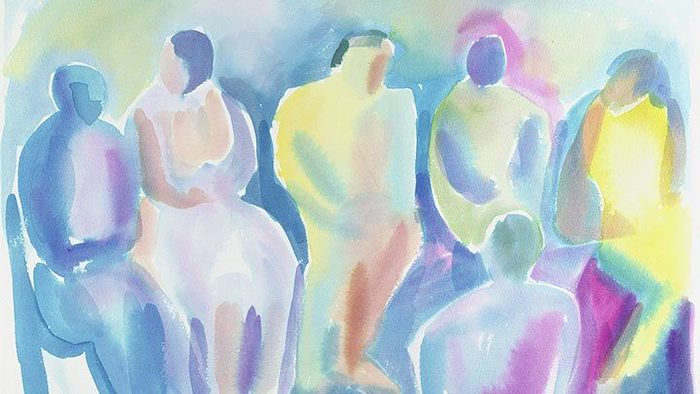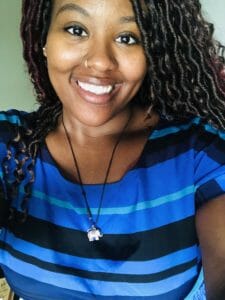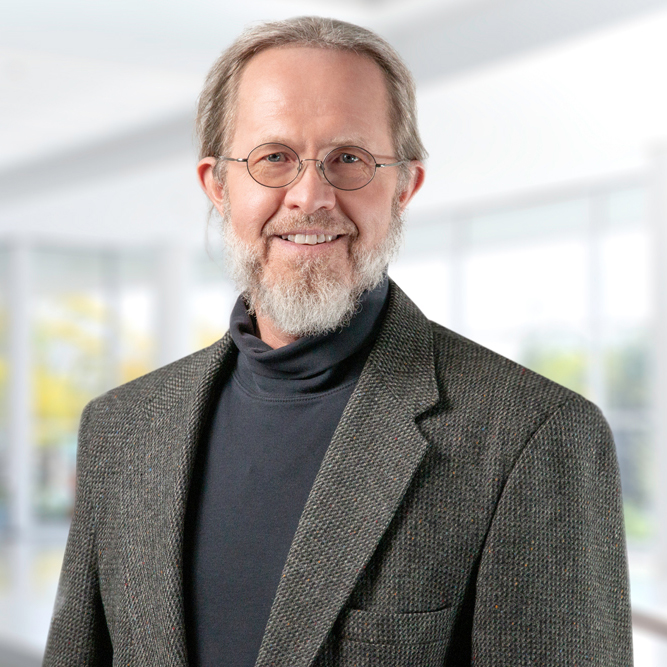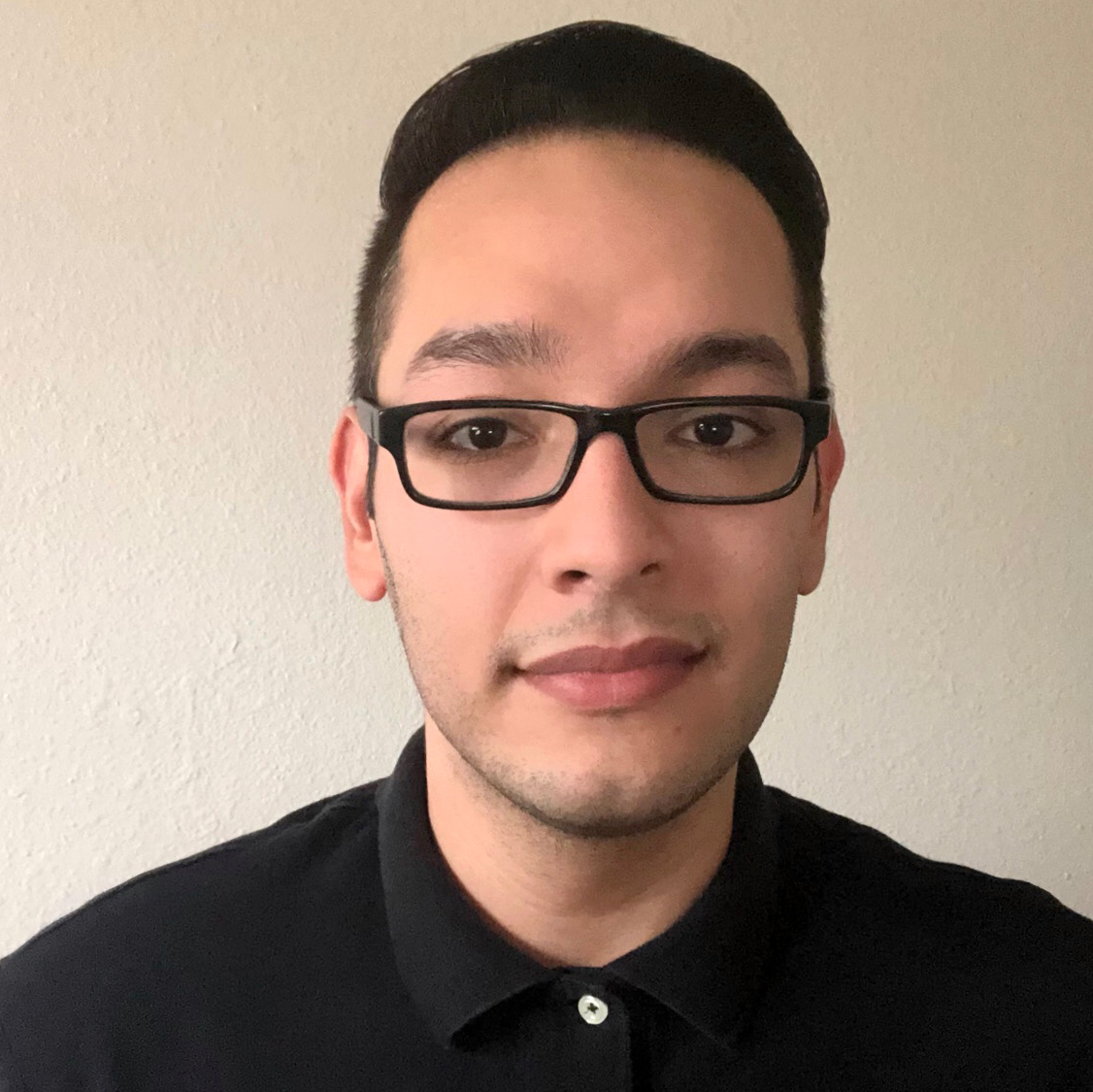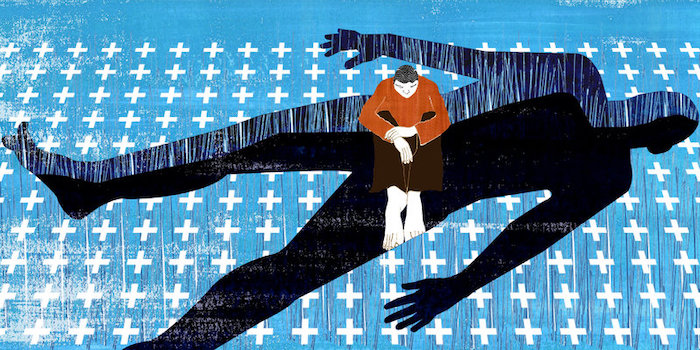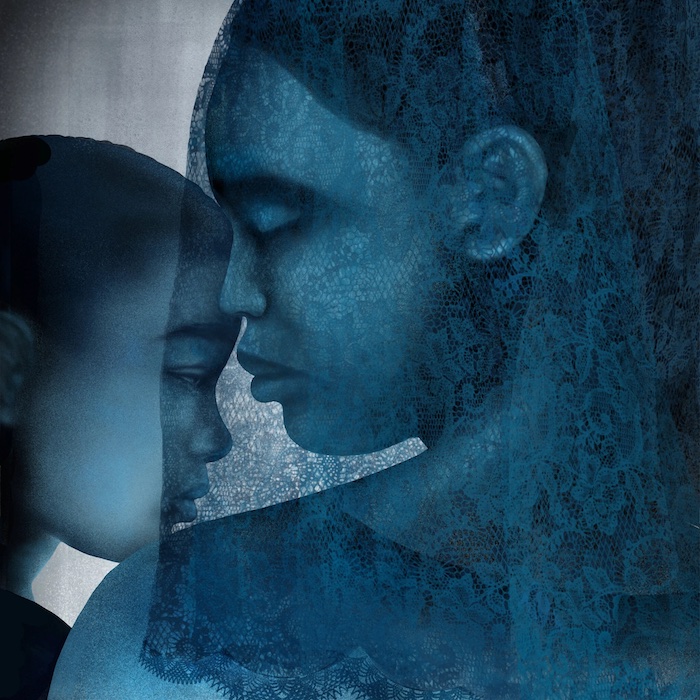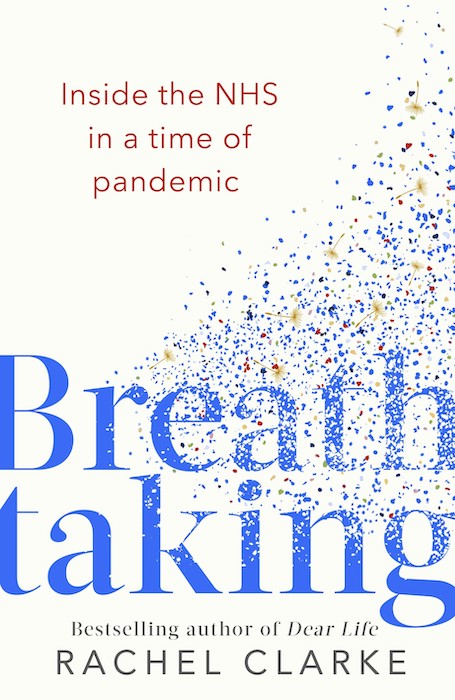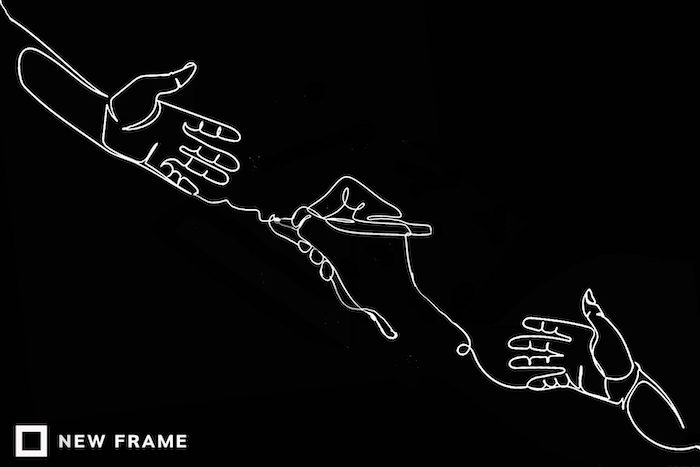— A Medical Anthropologist’s View

By Isono Maho
Cultural anthropologist Isono Maho left academia last year and set out as an independent-minded commentator to question the conventional wisdom influencing views on to living and dying. We spoke to her about the competing priorities of “saving lives” and social connections during the COVID-19 pandemic and the importance of listening to the reservations many people feel about the impersonal approach of modern medicine.
The Right to Say Goodbye
As the coronavirus pandemic has raged around the world, how many people have died alone in isolated hospital wards, separated from their loved ones? How many people have suffered the anguish of not being allowed to visit a family member to share a few last moments together? Most people have accepted this tragedy as an unavoidable aspect of the ongoing crisis. But is it really necessary or desirable to prioritize the risk of infection ahead of all other concerns?
Medical anthropologist Isono Maho argues that medical authorities have been far too ready to ban hospital visits for patients in extremis. She admits there are good reasons why a hospital might restrict visits to coronavirus patients, not least of which is the risk of a Covid cluster breaking out. “Visitors will likely want to talk to and touch their loved one,” she explains. “This increases the likelihood the infection will spread, and it’s understandable why hospitals have chosen to ban visitations.” Even so, she questions whether it is appropriate for the same restrictions to be placed on patients not suffering from the coronavirus. “It raises the question whether the risk really justifies keeping each and every dying patient from their family members and forcing them to spend their last days alone without a chance to say goodbye.”
Isono argues family members have a right to be close to relatives who are approaching the end of life, and that current medical practices unnecessarily deprive people of the opportunity to gather and say farewell to loved ones in their final days.
“Words often fail when a family member is approaching the end of their life,” Isono observes. “Instead, communication becomes tactile. It doesn’t happen overnight, though, but is a gradual process, taking families time to develop a sense of how it will work for them. She notes that even if family members are allowed to visit in the last few days before a person dies, the separation up to then has deprived them of the chance to observe and process the physical changes in their loved one. “To be suddenly confronted by these can be overwhelming. In many cases, such final visits are extremely upsetting and can even hamper the mourning process.”
Families have generally accepted the restrictions on visitations during the pandemic, seeing them as unavoidable. Still, Isono stresses that people only have one chance to say goodbye to a dying family member. “We have to ask whether it is really right for hospitals to deprive families of this important rite. Does the objective of preventing further infections really take precedence over everything? My feeling is that there is still room for debate.”
Isono says that such restrictive measures to minimize COVID-19 infections have been framed as necessary to “save lives,” a correlation she is uncomfortable with. “It’s become akin to a moral doctrine that no one is even allowed to question.”
Modern Medicine and Death
Isono started out studying exercise physiology with the aim of becoming a physical trainer, but says she struggled to come to terms with the approach to human health in the natural sciences, which she found treated people as mere things to be studied. “The tendency is to reduce the human body to numerical data,” she argues. “Just more grist for the analytic mill.” Despite her doubts, she traveled to the United States for further studies. It was there that she discovered cultural anthropology. “I think the main appeal of the field for me was the way it tries to find deep, philosophical explanations for complex phenomena in what seem to be insignificant everyday events.”
What made the field fundamentally different to her is its grounding in fieldwork. “A lot of other academic disciplines use abstract ideas from the outset,” she says. “Cultural anthropology, on the other hand, seeks to develop ideas about life based on observations of mundane, everyday phenomena.” She points to people in Japan rushing out to buy toilet paper and basic foodstuffs before the government declared the first state of emergency in April 2020 as an example. “What social factors and what kind of information that was available drove that behavior? I think just about anyone would find the field fascinating—the questions it asks are so closely connected to daily life.”
Attitudes to life and death are one of the major focuses of cultural anthropology. The field also provides rich resources that can serve as “tools” for helping Isono to articulate her misgivings about modern science and medicine, another major reason why she chose to change the focus of her studies.
“The field has built up a vast storehouse of information on how different cultures and ethnic groups deal with death,” she explains. “In many cultures, a so-called good death is not simply a matter of living as long as possible. It is seen instead as part of the cycle of life and determined by connections between the living and the dead. There is a kind of universality in ideas like this. By contrast, modern medicine tends to prioritize longevity as something desirable in its own right. The value of life is converted into numbers and ‘evidence.’ My misgivings about this approach stem in part from the tendency to discount all the many cosmologies devised by diverse ethnic groups that connect the living and the dead.”
Blaming Everything on the Pandemic
One focus of Isono’s research is the clinical settings where healthcare is provided. She has interviewed numerous doctors, nurses, and caregivers in an attempt to understand the opinions of front-line healthcare workers—particularly those whose roles might go unrecognized. By talking to these people, Isono wanted to learn more about how healthcare provisions actually work and how they might be improved.
“Many of the individuals I spoke with expressed reservations about the way things are run,” states Isono. “For instance, they might see an elderly patient, bed-ridden and hooked to an artificial respirator for weeks on end, and wonder about the tendency of modern medicine to prioritize life support above all else.” She points out that many healthcare workers struggle with these doubts, but typically keep them to themselves. “My focus is tapping into the potential of cultural anthropology to recognize the value in these doubts and put them to positive use.”
Isono says that the close proximity of medical workers and caregivers to their patients can lead to uncomfortable feelings regarding the way that treatment plans are decided according to the convenience of the hospitals and other authorities. “I think their misgivings about this approach to medical care contain the seeds of a new perspective that can bring us closer to the real concerns of patients and their families, potentially leading to a better way of doing things.”
During the pandemic, it has become common for the media to highlight the harsh conditions healthcare workers labor under. Isono, however, says that not all medical workers like the image being portrayed of them as heroes risking their lives to help others. “Quite a few of people have their doubts about at least some aspects of the narrative,” says Isono. “They say they don’t really need illuminations of landmarks like the Tokyo SkyTree or fly-overs by the Blue Wave fighter planes as ways of showing appreciation and support. And quite a few people are uncomfortable with the way in which everything seems to center on preventing infection at all costs.”
Isono is skeptical about the tendency to blame the structural problems of the Japanese healthcare system for worsening the coronavirus crisis. The media is quick to pounce on issues like bed shortages for COVID-19 patients and the large numbers of nurses quitting their jobs. These problems, she stresses, are nothing new. “Poor coordination among hospitals and clinics and chronic staff shortages, including large numbers of nurses leaving the profession, predate the current crisis. I think the media should take more care in pointing this out to people. Misunderstanding the situation and blaming everything on the pandemic will only make it more difficult to improve the areas that need fixing. If we’re not careful, nothing will change and the problems will still be here after the current crisis is over.”
Correctly Assessing Risk
Over the past year or more, the numbers of new coronavirus cases and fatalities have become a fixture on the daily news. Isono points out that Japan is one of only a few countries that has managed to keep the number of infections relatively low—even though the government has not introduced any impressive policy measures, or used extraordinary legal powers to contain the crisis.
In terms of overall fatalities, the number of deaths from all causes actually fell in 2020 for the first time in 11 years. “In this sense, it’s fair to say that lives are being protected,” says Isono. “But the public and the media typically don’t pay much attention to this fact. They prefer to dwell on the risks of infection and the problems with government policies. The fear of the virus is leading some households to forego support services for seniors and others, including visits from nurses and caregivers. Often, the result is that the rest of the family becomes exhausted, exacerbating the frailty of the person requiring care.”
Isono points out that the unfamiliarity of the pandemic has meant that people are easily swayed by misleading information that fans anxieties about the risk of infection. “Take the flu as an example,” she says. “Most people have personal experience of the illness and know if they’re sick or not. If they come down with the flu, they might take a week or two off work to recuperate. At schools, classes might be cancelled for a few days if too many students get sick. But with the coronavirus, people lack the real-life context that would enable them to assess the risk accurately.” She notes that the constant barrage of news reports telling the public how quickly case numbers are escalating distorts the situation. “In reality, the overwhelming majority of people have not been infected. and the number of serious cases is even smaller still. But there is so much negative information that it becomes difficult for people to respond in a level-headed manner.”
Isono admits that even with vaccinations, the risk of infection and infecting others will not go away completely. “We will probably have to learn to live with the coronavirus for a long time to come. This makes it important to work to control excessive fear and panic over this one particular disease—both on the part of the media and of the people consuming news.” She hopes that society will move in a direction that helps people to mitigate their risk of contracting the disease while permitting individuals to carry on with their lives in a fashion that allows for other important considerations.
Learning to Live with Uncertainty
No one denies the importance of taking reasonable efforts to avoid falling ill. But Isono says that the public needs broaden its focus from trying to live as long as possible to think more deeply about life and death.
“All of us will die one day,” she declares. “Even so, we try to avoid thinking seriously about death. As social animals, we humans see connections with other people as an important part of life. However, individuals are giving up the spiritual nourishment they get from social contacts out of a fear that they might catch the virus.”
She says that living in a community means recognizing other’s individuality and accepting unpredictability into our lives. These uncertainties increase as a person approaches death, and it is family and friends who take on the responsibility of accompanying them in their final days. “In an environment of excessive risk control, though, people are stripped of the opportunity to face up to uncertainties and deal with them together. Their chance to find a way to come to terms with them is taken away from the start.”
Isono warns that there is a risk that even our imaginations might be controlled by a constant flood of information. “I sometimes worry that the deluge of information is affecting our emotional state. I’m terrified by the idea of people being so overwhelmed by the information that is broadcast at them that even their imaginations fall victim to it. Being moved and touched by something is personal—these things should be left to the freedom of the individual.” She says she would like people to think more about the manipulative structure of a system that feeds information to the public in a very one-directional way. “I think we need to think more about the intentions of those who are broadcasting this information, and what it means for us on the receiving end.”
Broadening Shared Spaces
The tendency to prioritize preventive medicine is only likely to increase after the current crisis subsides, which is why Isono says she intends to continue using a cultural anthropology approach to questioning accepted views.
“I think we are entering an age in which statistics-based ethics and value systems that prizes longevity for its own sake will become even more dominant. Life’s choices will be boiled down to the health risks involved and everything will be shown in figures.” She warns that this presents a slippery slope for humanity. “I think more than a few people are uncomfortable with such an approach, lay people as well as healthcare workers. I want to get a message out to such people and help create a platform for thinking together about what it means to live our lives, based on real-life examples that are easy to relate to.”
Isono feels strongly that people should not let go of their right to decide for themselves about what it means to live. “One recent trend in medicine is the practice known as social prescribing, whereby doctors refer patients who are cut off from society to a range of non-medical social services. Of course, it’s only proper for a doctor to notice if a person might be struggling with loneliness and isolation and try to do something to alleviate that situation. But I think those of us outside the medical system also have a right to express our doubts about the way it is done. Have we really reached a stage where we can’t forge social connections without a prescription from a specialist? I can’t help feeling uncomfortable with the expectation that we should simply sit back and gratefully endorse the idea of outsourcing even our social connections to experts.”
In 2020, Isono left her post as an associate professor and launched a series of online seminars on the subject of exchanges with others. Around 300 people of all ages and backgrounds, including medical and social workers as well as teachers and students, have participated. Participants say the thought-provoking discussions and the opportunity to exchange views with people from different walks of life deepened their understanding of issues. In June 2021, a second series of seminars will start under the theme of developing the power to listen.
“Cultural anthropology has a power to push back against conventional wisdom,” Isono asserts. “There is a version of what is correct and acceptable that is put out by people in authority that everyone is supposed to go along with. We still need to question this accepted wisdom and ask if it leads us in a direction we want to go. The discipline can encourage people to express their doubts and perhaps put a brake on the tendency to go along with the loudest voice in the discussion. At the same time, it’s not caught up in making easy judgements about right and wrong. In that sense, I think the field can help to widen the space that we share with others. Through my activities, I want to do what I can in my own little way to bring this attractive side of the field to as many people as I can. That’s my ambition.”
Complete Article ↪HERE↩!




